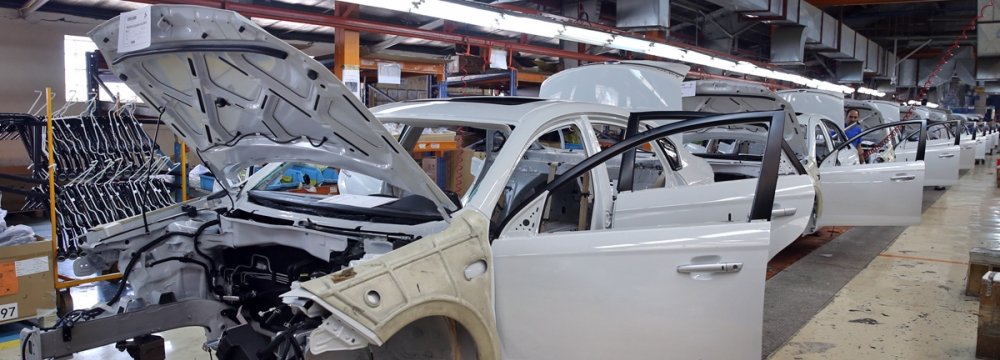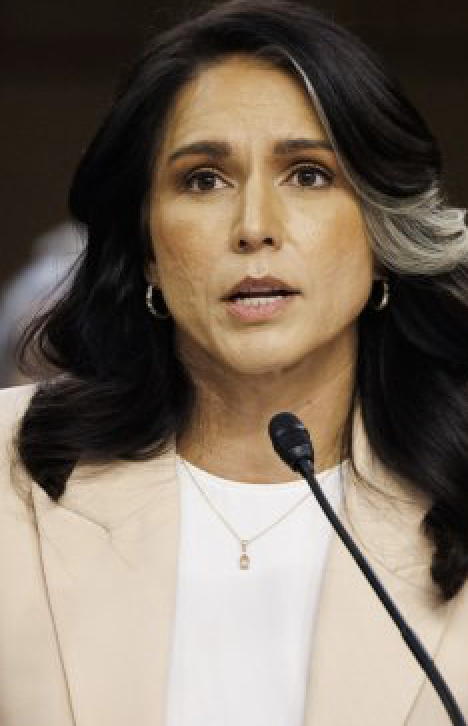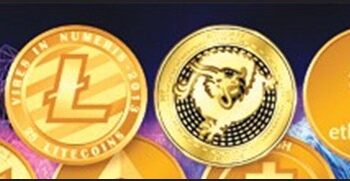April 21, 2017
 Iran’s carmakers produced 41 percent more vehicles in the last Persian year than they did in the previous year, when they were still under sanctions.
Iran’s carmakers produced 41 percent more vehicles in the last Persian year than they did in the previous year, when they were still under sanctions.
According to the latest data released by automotive website Asr-e Khodro, total car production hit 1.25 million during the 12 months. That missed the production target by 50,000 units, but still was an impressive comeback from the depression of the sanctions years.
Iran’s automakers could not import their usual components from Europe during those years and many Iranians were too pressed for funds to buy cars then.
Sales might have been better this past year but for the fact that many consumers put off buying a new car in hopes of ma better offer in the future from one of the several foreign companies re-entering the market, for instance, Renault.
Meanwhile, logistical issues dogged carmakers rushing to bring out new models. In one example last autumn, Renault announced it was planning to sell the Indian-developed Renault Kwid on the local market. However, no word has been heard since the initial announcement.
Just before the end of the year, Iran’s largest car group, Iran Khodro (IKCO), announced it had begun production of a Peugeot 2008 crossover as part of its joint venture with France’s Peugeot brand.
The car is expected to cost more than 900 million rials ($24,000), which is some 20 percent higher than its equivalent vehicle sold in Europe—a turnoff for many Iranians.
This year, Iran hopes to produce some 1.5 million vehicles, close to its pre-sanctions record production of 1,648,505 in the Persian year that ended in 2011. It’s low point was just 743,647 two years later.
In the year just ended, the most popular model was the Pride, made by Saipa, the coun-try’s second largest carmaker. The next three best sellers were the Peugeot 405, 206 and Pars, all made by Iran Khodro, the largest carmaker in the country. The Pride accounted for 17 percent of all sales and the three Peugeots combined came to 35 percent. No other vehicle accounted for more 8 percent of sales.






















